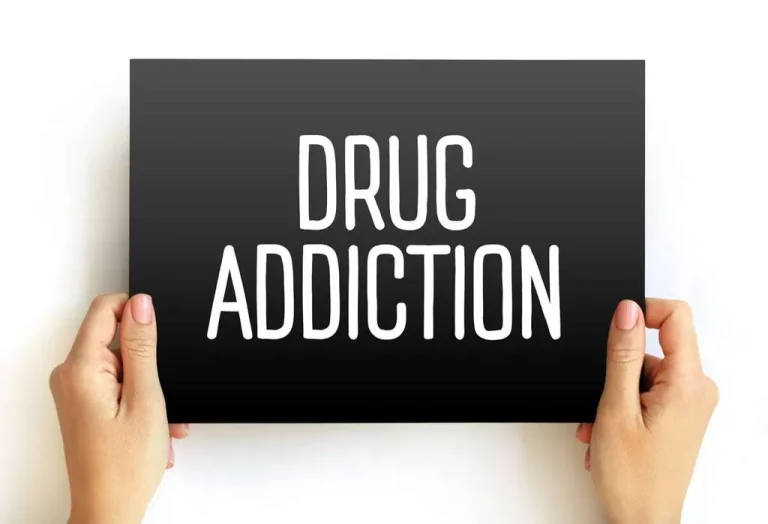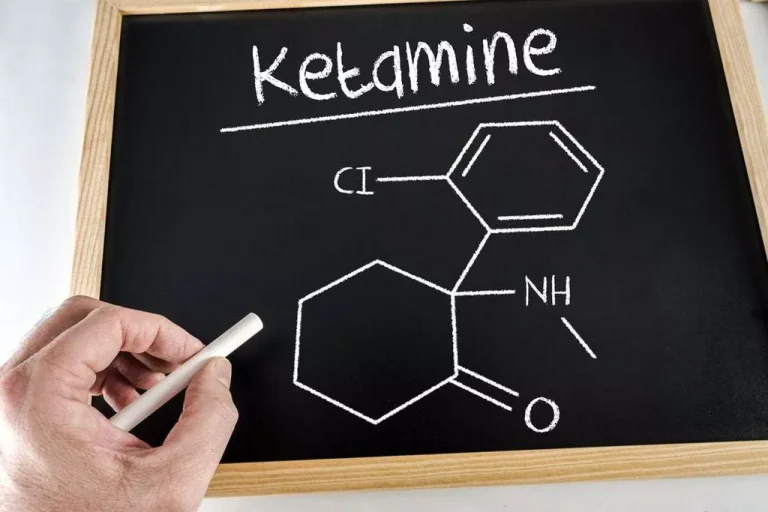
Because withdrawal symptoms vary, detox can last anywhere from three to ten days. Once the person is through detox, they can begin addiction recovery at an inpatient treatment center or an outpatient rehab facility. These programs often get good results with people who have established long-duration recoveries who then experience short, mild relapses. Patients normally undergo a several-day detox; they get full medication and mental health reviews, intensive behavioral therapy, and a comprehensive aftercare plan to take with them.
Final advice for getting the amount of treatment you need
The patient will most likely also have feelings of anxiety and difficulty sleeping. For long-acting forms of the drug, symptoms can be delayed as long as 72 hours until the drug is completely out of one’s system. During the first 72 hours after the last use, cocaine users will feel a “crash,” experiencing depression, remorse, and extreme fatigue. If the person sleeps during this time, they often wake up feeling unrested and unwell in general.
Identifying Withdrawal
You can also how long is drug rehab get inpatient treatment for diagnoses like anxiety and depression. It’s harder to predict the appropriate length of stay for these conditions, since recovery means something different for every patient. Rather than days and weeks, people tend to measure outpatient treatment in terms of months and years.
What Does an Addiction Treatment Program Include?
She participated in educational and vocational programs, life skills training, and community service. She felt protected and connected to her friends and counselors in the program. The staff and other clients helped him understand himself and his addiction. He was delighted with his improvement and stated 30 days had gone by fast.
- While this may provide some leeway, it also emphasizes the need to have a support system in place to keep you on track and accountable for your choices.
- Our certified medical reviewers are licensed in the mental health and addiction medicine fields and are dedicated to helping readers and prospective clients make informed decisions about their treatment.
- Every drug rehab will be a little different, but the majority use evidence-based behavioral interventions, individual and group counseling, and psychoeducation to provide personalized care.
- You can complete all parts of drug rehab in as little as 10 to 15 days.
- This allows patients time to effectively and safely move through their drug detox within a medical detox environment.
What Happens in a Long-Term Rehab Program?

These may include anti-anxiety medications, anticonvulsants, antipsychotics, or other drugs designed to treat nausea or sleep problems. If you abruptly stop or decrease your intake of the substance, your body is once again thrown off balance and symptoms of withdrawal may result. Such symptoms are often both physical and mental, and can potentially be dangerous depending on the type of drug. If you have been using a substance with a high potential for dependency and you stop suddenly or abruptly or you cut down your use drastically, you can experience a variety of withdrawal symptoms. The intensity and duration of these withdrawal symptoms can vary widely, depending on the type of drug and your biological makeup.
Structured Treatment Program
In order to successfully overcome an addiction, the individual must understand why they are using substances. Inpatient therapy typically lasts 28–30 days, but outpatient rehab can last 30–90 days or more. Some people may benefit from shorter or longer programs depending on their aims.Drug rehab is not one-size-fits-all.

Expert Medical & Clinical Care
Talk to an admissions navigator, who can listen to your needs, answer your questions, explain your options, and verify your insurance. Outpatient treatment is usually recommended for people using drugs or alcohol moderately over time. The helpline at AddictionResource.net is available 24/7 to discuss the treatment needs of yourself or a loved one. This helpline is answered by Legacy Healing Center, an addiction treatment provider with treatment facilities in California, Florida, Ohio, and New Jersey. Standard outpatient programs usually require one or two group sessions a week and may also involve individual therapy and addiction education.

Once you stop using, it can take weeks, months, even a year or more for your brain to return to normal. Until it does, you’re at a far higher risk of relapse—thus, an intensive, multi-pronged treatment program is critical during this period of early recovery. For people with addictions to drugs like stimulants or cannabis, no medications are currently available to assist in treatment, so treatment consists of behavioral therapies. Treatment should be tailored to address each patient’s drug use patterns and drug-related medical, mental, and social problems. Addiction Resource team has compiled an extensive list of the top drug rehabilitation facilities around the country.
- They will probablysearch your belongings for drug paraphernalia, weapons and other banned objects.
- The different phases of rehab often include a spectrum of services that overlap with one another.
- However, those who left rehab before reaching 90 days had relapse rates comparable to clients in treatment for one to two days.
- Support groups lack the guidance of professional therapy, and instead, rely on the sense of community and fellowship they create.
- A NIDA-funded study tracked nearly 550 rehab clients who struggled with drug use and a number of other problems.
Benefits and Effectiveness of Longer-Term Rehab Programs
Based on a person’s symptoms, stressors and supports, their treatment team will recommend the best option. Ark Behavioral Health offers 100% confidential substance abuse assessment and treatment placement tailored to your individual needs. Outpatient programs, on average, the last one to six months (or more) and consist of therapy that focuses on relapse prevention, life skills, support groups, and reinforcing learned coping mechanisms.

Success is not guaranteed, but some treatment is always better than none. However, a majority of people with a substance use disorder do not get help. According to the National Survey on Drug Use and Health, 21.7 million people aged 12 or older needed addiction treatment in 2015, yet just 2.3 million went to rehab. Finding the right rehabilitation program is an important step toward recovery.


